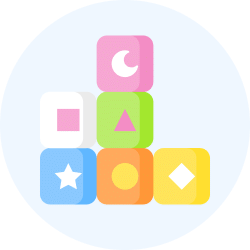Exploring Colours | EVS for LKG PDF Download
Introduction to Colours
Colours are everywhere around us!
They make our world bright, beautiful, and fun.
We see colours in flowers, fruits, clothes, toys, and even the sky.
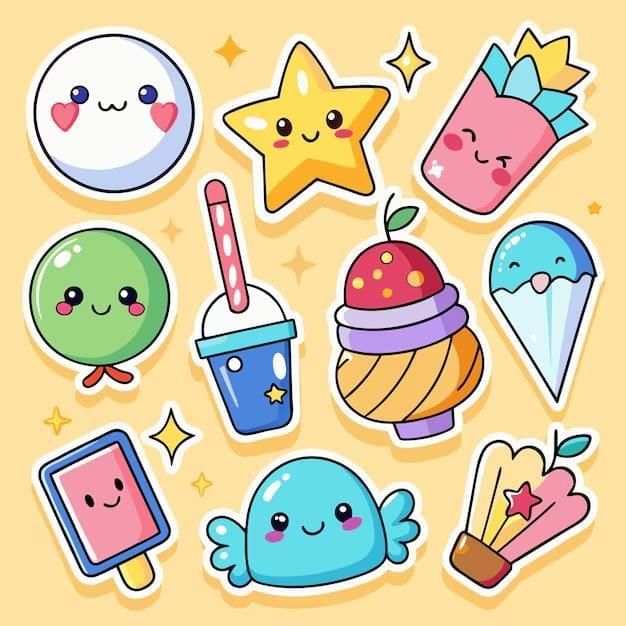
Primary Colours
Primary colours are the main colours.
They cannot be made by mixing other colours.
They are:
Red – like an apple or a rose.
Blue – like the sky or the sea.
Yellow – like the sun or a banana.
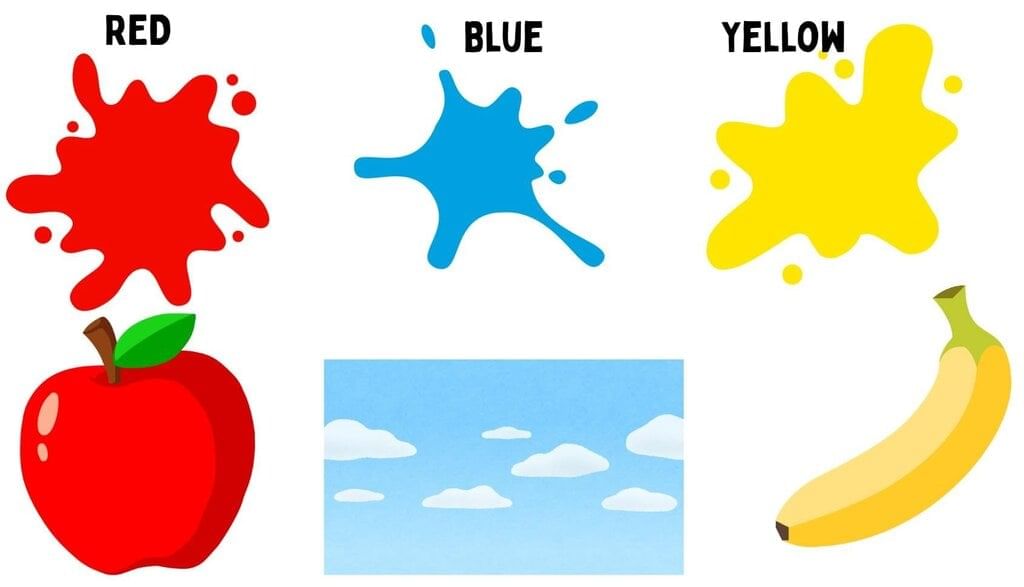
Mixing Colours to Make New Ones
When we mix two primary colours, we get new colours (called secondary colours):
Red + Blue = Purple (like grapes)
Blue + Yellow = Green (like leaves)
Red + Yellow = Orange (like a carrot)
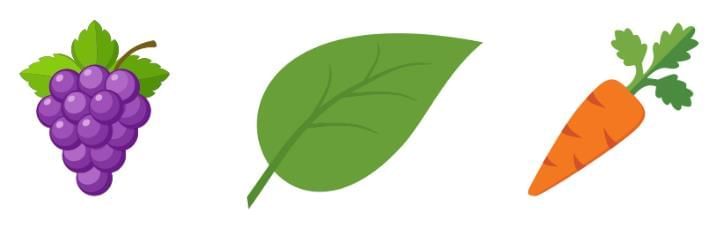
Colours in Nature
Green – trees, grass.
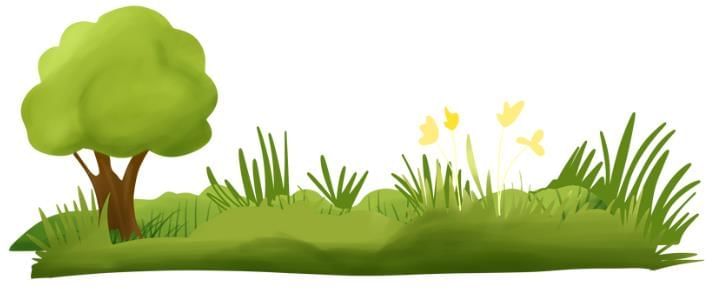
Brown – tree trunk, soil.

White – clouds, milk.
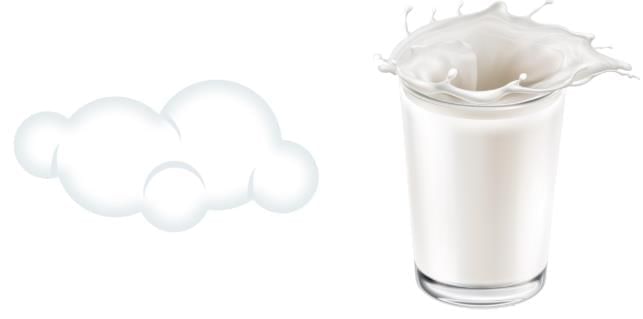
Black – night sky without stars.

Pink – flowers, candy.
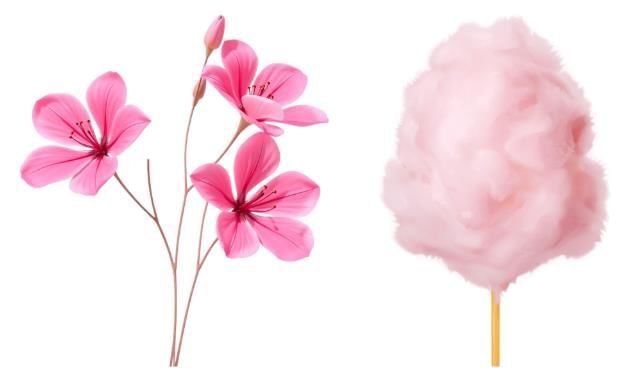
Fun Colour Activities
Colour Hunt: Find things in the classroom or home that match the colour the teacher says.
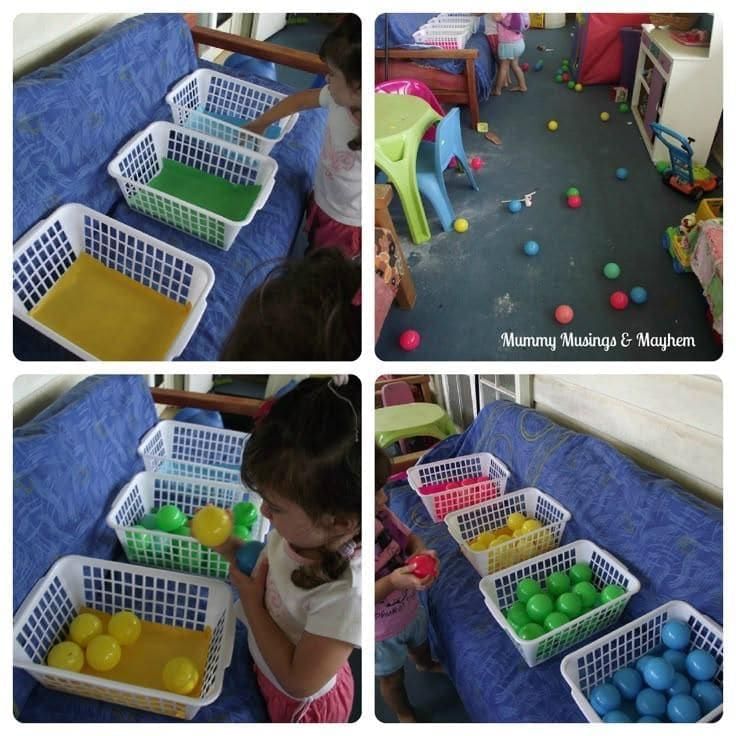
Colour Mixing: Use water paints to mix two colours and see what happens.
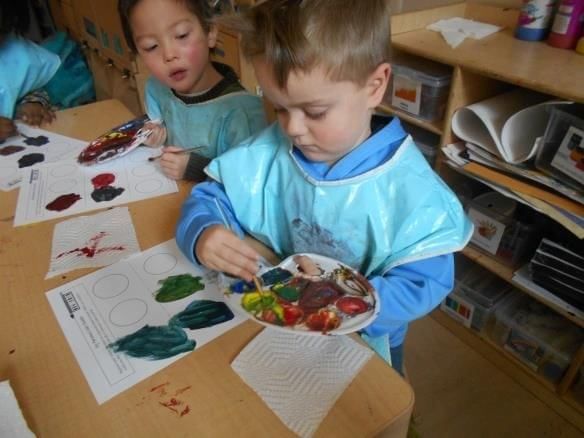
Draw and Colour: Make a picture of your favourite things and colour them.
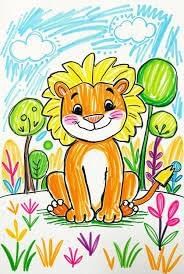
Why Colours are Important
Colours help us:
Recognise objects.
Feel happy and excited.
Make art and designs look beautiful.
Safety Colours
Some colours help us stay safe:
Red means stop (like a traffic light).
Green means go.
Yellow means slow down.
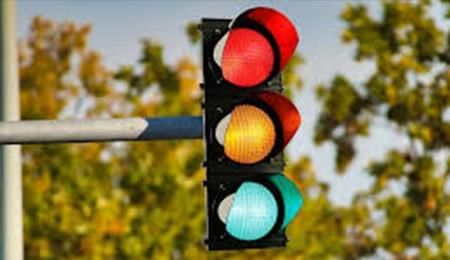
|
28 videos|141 docs|3 tests
|
FAQs on Exploring Colours - EVS for LKG
| 1. What are the primary colors? |  |
| 2. How are secondary colors created? |  |
| 3. What are complementary colors? |  |
| 4. What are warm and cool colors? |  |
| 5. How can colors affect our emotions? |  |




